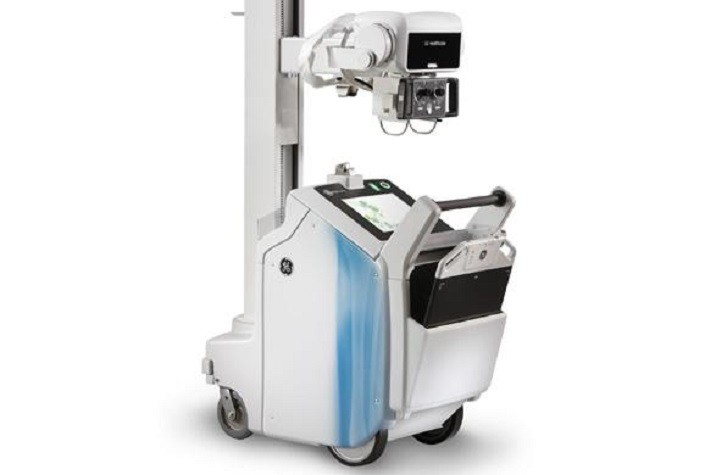Gene panel testing is known as an option for genetic testing and counseling associated to cancer risks. The Gene panel test is used to perform to analyze the multiple genes at once for the cancer-associated mutations. The test is capable to examine a several number of genes that can provide information related to the cancer and provide a secure diagnostics to help to prevent or stop the cancer to be spread.
What are genes?
Our bodies are made up of millions of cells. Most of those cells contain a complete set of genes. Genes act like a set of instructions, controlling our growth and how our bodies work. They are also responsible for many of our characteristics, such as our eye colour, blood type or height. We have thousands of genes. We each inherit two copies of most genes, one copy from our mother and one copy from our father. That is why we often have similar characteristics to both of our parents. The genes are composed of specific sections of DNA1 which are a bit like the instruction manual inside the gene.
Download Sample PDF Of Gene Panel
Gene sequencing panels are a powerful diagnostic tool for many clinical presentations associated with genetic disorders. Advances in DNA sequencing technology have made gene panels more economical, flexible, and efficient. Because the genes included on gene panels vary widely between laboratories in gene content (e.g., number, reason for inclusion, evidence level for gene–disease association) and technical completeness (e.g., depth of coverage), standards that address technical and clinical aspects of gene panels are needed. This document serves as a technical standard for laboratories designing, offering, and reporting gene panel testing.
Although these principles can apply to multiple indications for genetic testing, the primary focus is on diagnostic gene panels (as opposed to carrier screening or predictive testing) with emphasis on technical considerations for the specific genes being tested.
PANEL DESIGN CONSIDERATIONS
Phenotype-directed diagnostic gene panels Due to the sequencing capacity of current technologies, hundreds to thousands of genes can now be delved simultaneously to determine the cause of genetic disorders.
Examples of several phenotype-directed panels and subpanels are listed in Table 1. The goal of a diagnostic gene panel is to maximize clinical sensitivity and minimize the clinical burden from analysis of inappropriate or unnecessary genes that may result in variants of uncertain clinical significance (VUS). Patients may have limited opportunity for serial genetic tests, arguing for casting a wide diagnostic net; however, long lists of
(VUS), a possible outcome from testing large numbers of genes, can complicate medical management and cause unnecessary patient anxiety. When a panel is well-designed, it will
● Be cost-effective for a particular clinical indication.
● Maximize clinical sensitivity by, to the extent possible, including all GADs associated with a disorder, therebyallowing disorders with clinical heterogeneity and overlapping features to be molecularly diagnosed.
● Include GUSs with limited but emerging evidence ifadditional criteria are met (see example in “Clinicalsensitivity,” “Gene considerations,” and “Reporting”).
● Maximize clinical specificity by limiting or excludingGUSs, thereby minimizing detection of VUS.
● Employ auxiliary assays for genes/regions that cannot beinterrogated with current sequencing technology tomaximize the clinical utility.





No comments:
Post a Comment